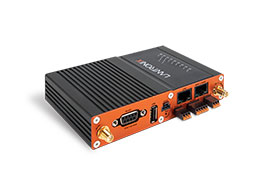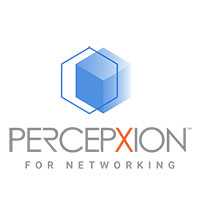Media Converter Autonegotiation/”Fast Link Pulse” Settings
On Switches or Bridging devices, ports (optionally) engage in Autonegotiation to determine speed and duplex settings. On such a port, the settings should represent the state in which you want that port to operate.
The meaning of the Autonegotiation (or Fast Link Pulse) setting on a Media Converter interface is somewhat different. Unlike switches, Media Converters are unable to compensate for speed or duplex mismatches between the end stations they join. Thus, getting the settings between a port on a Media Converter and its immediate link partner to match well enough for link to come up is not always sufficient to permit data transfer. There is the additional requirement that the settings on a Media Converter be selected in such a way as to guide the local end station port into a mode that is compatible with the remote end station port.
In other words, a Media Converter interface connected to a local end station should be configured to the closest possible emulation of the port on the opposite end station (which it represents). The idea is to make the Media Converter pair as transparent as possible to the end stations. (If this approach fails, then you may have a problem that cannot be solved with a basic Media Converter – a Bridging Media Converter may be required.)
Example:
Port “S” is an Autonegotiation-only port on a switch, and it is to be joined via Media Converters to port “H,” a hub port. Hubs don’t support Autonegotiation and always run in Half Duplex mode.
Connecting ports “S” and “H” directly via Twisted Pair would be possible, since Autonegotiating ports are able to link with non-Autonegotiating ports by detecting “idle” data packets which the non-Autonegotiating port sends (instead of the “Fast Link Pulse” sequences sent by Autonegotiating ports). This is known as “Parallel Detection.” Parallel Detection is, of course, only possible if the appropriate “idle” signals are provided to the switch port.
Setting the Media Converter interface connected to port “S” to “Autonegotiation On” might seem correct since port “S” supports Autonegotiation, but this would cause port “S” to Autonegotiate with the Media Converter and, as a result, probably link in Full Duplex mode. This could cause serious problems for the hub on the other end.
Instead, the setting for the Media Converter interface directly connected to port “S” should be “Autonegotiation Off” since that Media Converter represents port “H,” which doesn’t support Autonegotiation. The setting for the Media Converter interface directly connected to port “H” should be “Autonegotiation On” since that converter is representing port “S,” which always attempts to Autonegotiate.
The result is that the Media Converter interface connected to port “S” would transmit “idle” sequences just like port “H.” This would result in proper Parallel Detection and port “S” would be configured to behave appropriately for communication with a non-Autonegotiating port.
In this example, the settings for the Media Converter interface connected to port “H” are less critical, since a hub port cannot be influenced to change its mode of operation. All that is required is that the settings for the Media Converter are compatible with port “H” so that link comes up.











